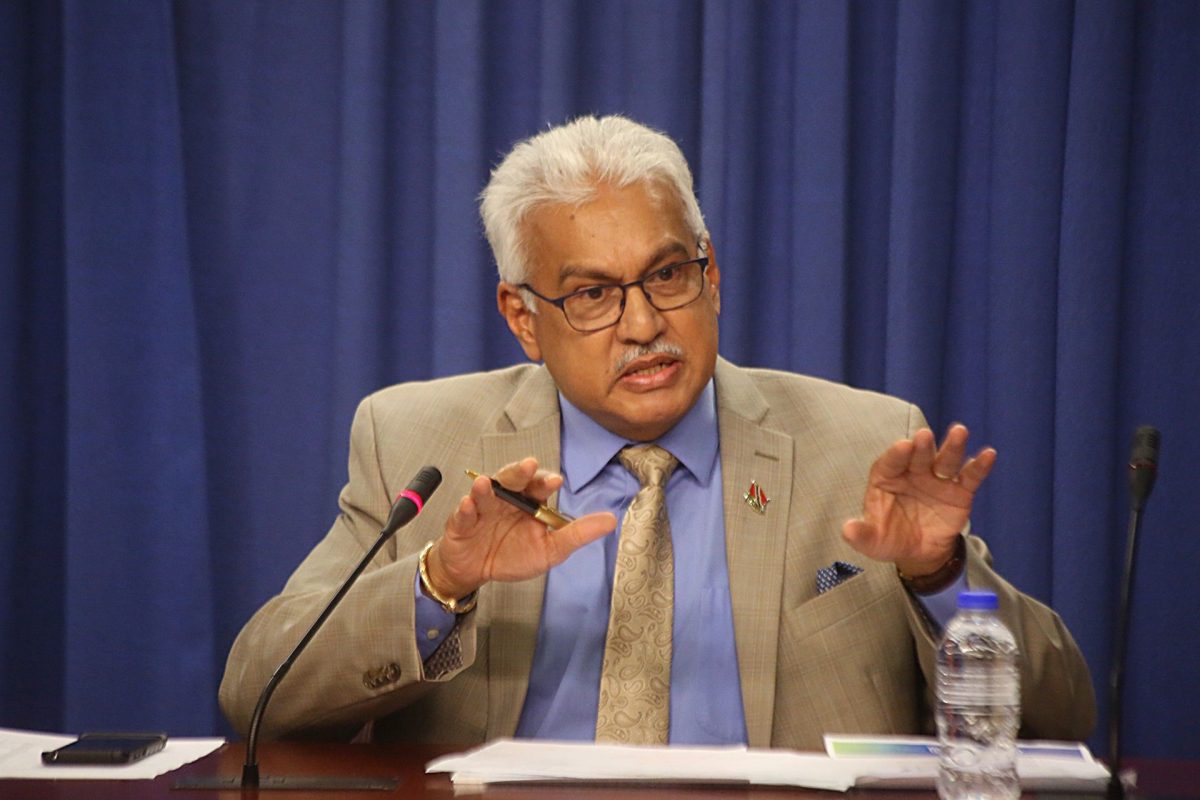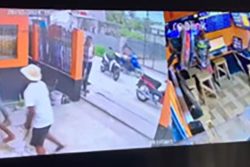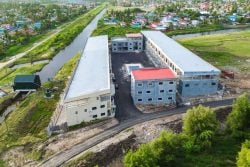(Trinidad Express) Trinidad and Tobago has recorded its first death due to dengue in five years, Minister of Health Terrence Deyalsingh said yesterday.
He said the death occurred on June 19 and the deceased was a from South Trinidad. He said he was not able to give more information due to patient confidentiality and out of respect for the victim’s family.
Speaking on CCN TV6’s Morning Edition programme, Deyalsingh said as a result of the death the conversation surrounding dengue had become more urgent.
He said the ministry began campaigns geared towards mosquito eradication as early as March of this year in anticipation of the rainy season.
He said while those campaigns were based on the health ministry’s partnership with other stakeholders to eradicate mosquitoes, the ministry was also engaged in education drives and spraying exercises through its Insect Vector Control Division.
He stressed “the real action is source reduction which is in your homes and communities”.
Deyalsingh said: “What we ask people to do every year, is to help us with source reduction in their homes. Your guttering, your flowerpots, your drains, your vases inside your houses. Anywhere where you can find still, clear water is a breeding place for mosquitoes. It can (even) be a bottle cap.”
Chief Public Health Inspector Dr Mark Dookeran, who also appeared on the programme yesterday, said once a case of dengue is reported the health ministry takes immediate action to prevent any further occurrences in the area to “break the chain of transmission”.
“First, we do an (ultra-low volume) space spraying. This is a machine mounted on a vehicle that would normally pass very early in the morning. We normally do this so that our workers are not put at risk when they go to treat the homes (of those infected). So whatever infected adults (mosquitoes) there are in the area, the ULV will knock down the adults,” he said.
He said after the ULV spraying is done, workers go into the home of the people who are infected to conduct “perifocal work”.
“This is where we inspect the homes and we identify breeding sites and potential breeding sites. In addition to that, if there are any areas that the mosquitoes can be harboured such as undergrowth grass, bushy areas and so on, we identify those and we ask the owner to cut and remove the grass and bushes and so on,” Dookeran added.
He said dengue can only be transmitted by mosquitoes that are infected with it.
“If there are no mosquitoes, there is no transmission of dengue. One mosquito can infect more than one person,” he said.
“Uninfected mosquitoes, when they bite someone who has dengue, they ingest that virus when they take in the blood (of the infected person). The virus replicates (similar to that of a photocopying machine) in the mosquito’s body and gets into the (mosquito’s) saliva and when the mosquito bites another person, it injects the saliva which has an anti-coagulant to prevent the blood from clotting so that the mosquito can now uptake the blood of that person,” he added.
Dengue is a viral infection that spreads from mosquitoes to people.
It is more common in tropical and subtropical climates, according to the World Health Organisation (WHO).
Most people who get dengue will not have symptoms. But for those who do, the most common symptoms are high fever, headache, body aches, nausea, and rash. Most will get better in one to two weeks.
In severe cases, dengue can be fatal.
Dengue is treated with pain medicine, as there is no specific treatment currently.
If symptoms occur, they usually begin four to ten days after infection and last for two to seven days.
Symptoms may include:
• high fever (40°C/104°F);
• severe headache;
• pain behind the eyes;
• muscle and joint pains;
• nausea;
• vomiting;
• swollen glands or rash.






